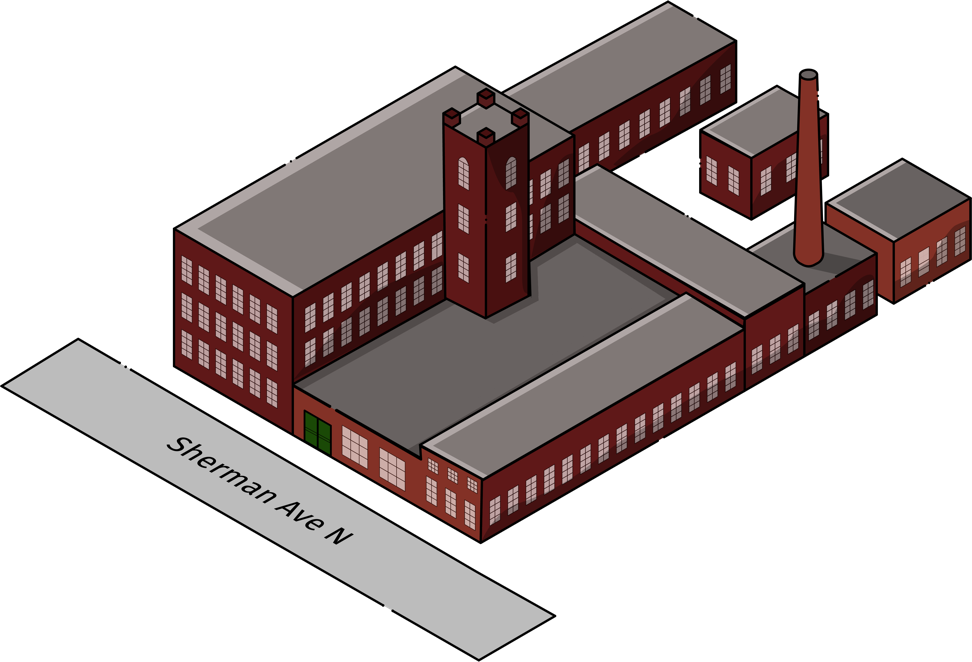Airbus
A distant relative of Hitchbot, Cimon (Crew Interactive MObile CompanioN) was created to assist astronauts with those routine tasks one might encounter while working in outer space. As opposed to a co-worker that hovers over your shoulder in a negative way, Cimon floats around providing guidance, answering questions, and even using machine learning capabilities to assist in problem solving.
1.2k
Interactive Chat Sessions
326
3D Models
408 km
Furthest Distance Travelled from Earth
0
Weight in Space Pounds
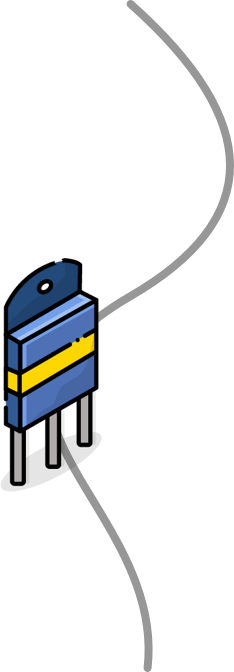
Think 2001: A Space Odyssey – but without the whole “evil robot” thing.
Why They Called Us
The work of an astronaut is not only extremely precise and highly technical, it can also be a socially grueling career choice. One’s job description could easily include months, or perhaps years, spent away from Earth, confined in a tight space with a small crew - or worse, alone.
In this environment, the necessity to perform meticulous tasks efficiently and effectively can truly be a matter of life or death. However, there is much to be considered when it comes to the social effects on humans in such extreme living conditions.
Can a system be designed to aid astronauts in their routine responsibilities while also providing a level of social engagement previously unattainable?
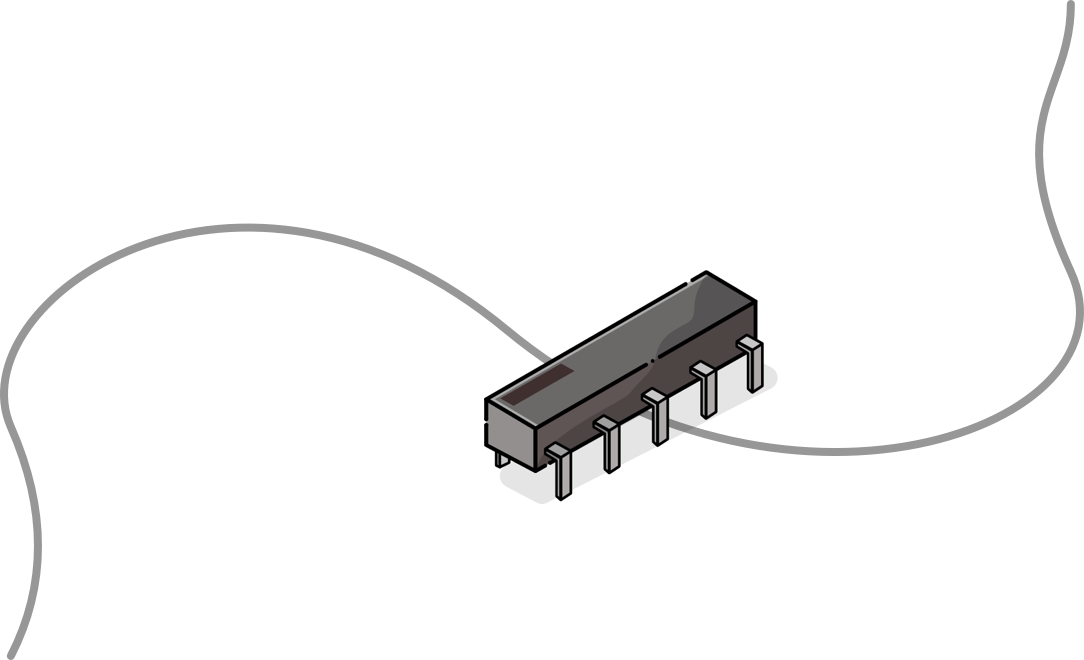
What We Did For Them
As mentioned previously, Cimon is a lot like Hitchbot, so our role in this project reflected our previous knowledge and experience working with artificial intelligence, machine learning, and robotics to create autonomous, humanoid machines.
Working with Autobus and IBM as a consultant, CENG provided the insight and learned experiences necessary to create a social robot equipped with cognitive learning, personnel recognition, and connectivity that’s literally out of this world. Cimon is the first of his kind, an A.I. powered, floating assistant for astronauts built to test human-machine interaction – specifically in space.

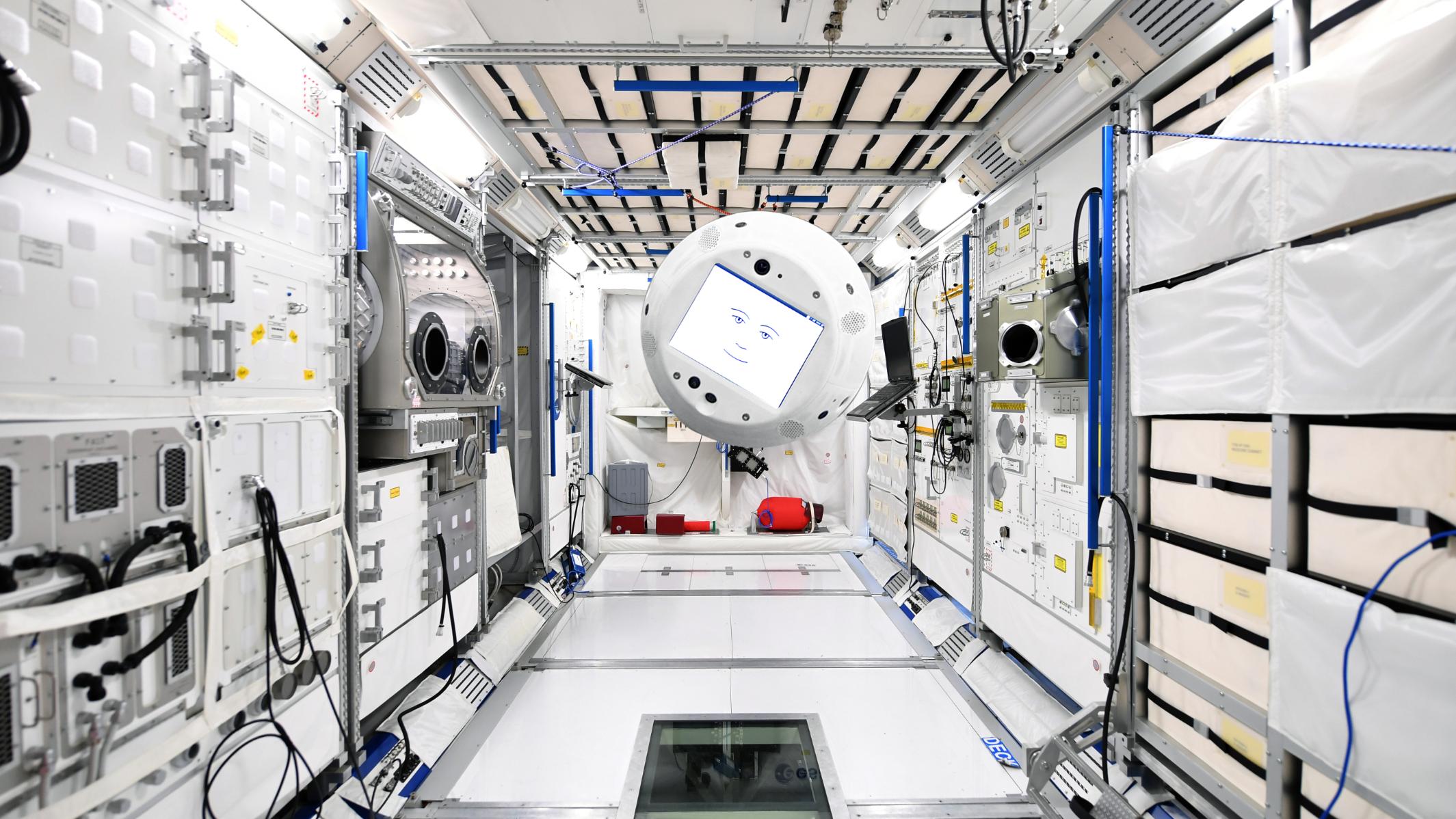
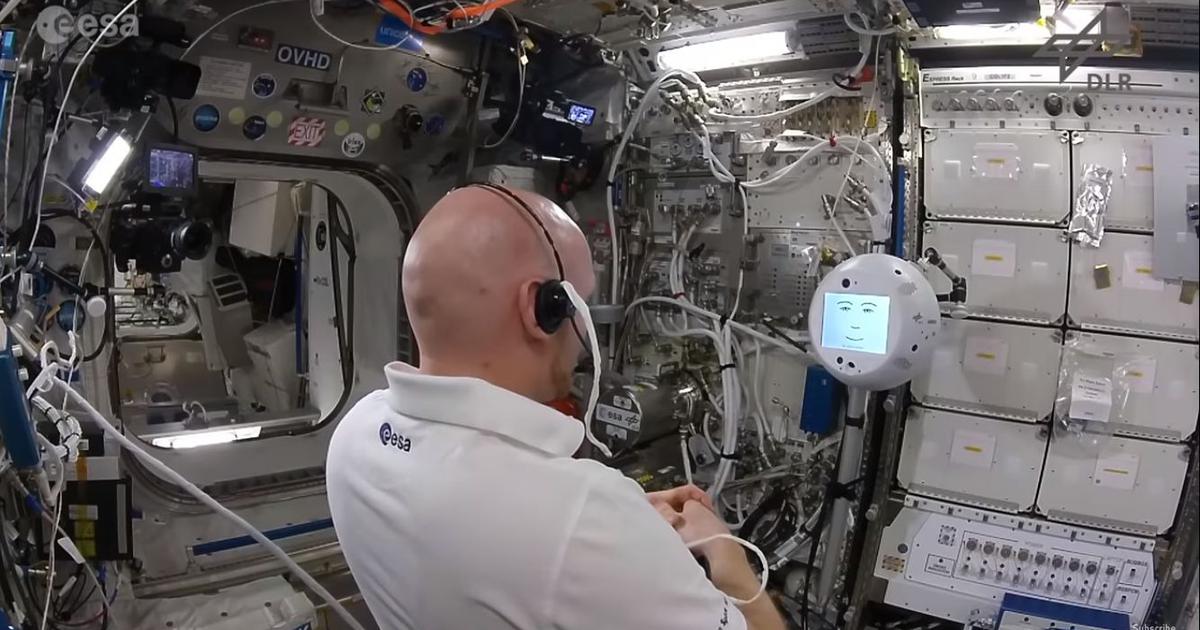
Research
More like Siri than Hal 9000, Cimon is designed to aid astronauts in their tasks, and does not operate as a member of the crew able to perform tasks autonomously. The most important data point that Cimon needed was access to his buddy Watson, IBM's natural-language-processing computer. Think of Watson as the “person” on the other end of the hidden earpiece that’s giving Cimon all the answers. Cimon sends Watson a question to interpret, Watson performs an analysis while gaining insight and intention, and then sends back a uniquely tailored response for Cimon to deliver to the astronaut.
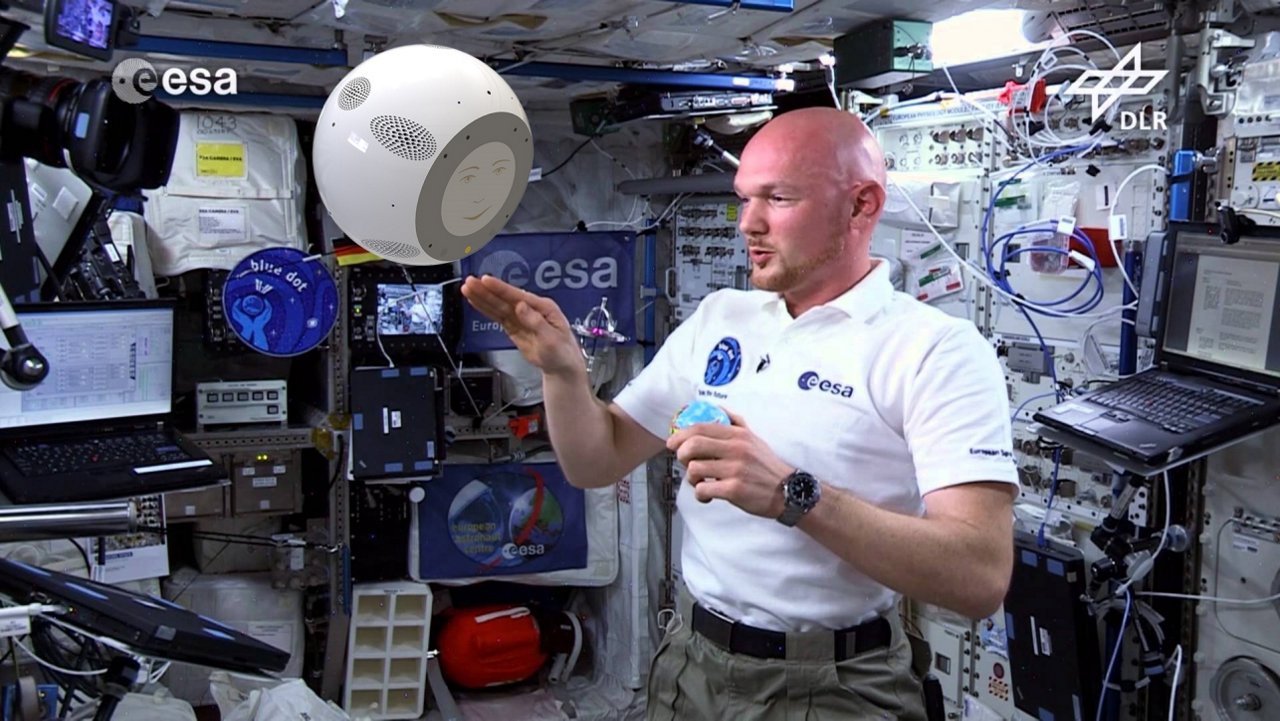
The response could be simple social actions like playing music and sharing facts, or technical, task related responses that prompt procedures or guides to display on Cimon’s interface. Most impressively, this entire interaction takes place in a matter of seconds – an important factor if team members need information quickly.
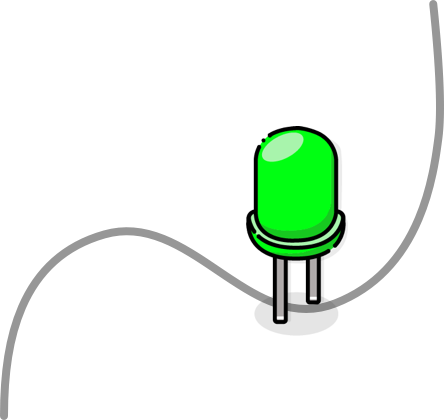
Design
Several design challenges had to be considered in order to create a robot that was friendly and unthreatening while still being - essentially - a floating humanoid head. For example, a hovering, smooth sphere is less intimidating than a sharp angled cube, and Cimon’s “face” is proportional to that of a grown human. Compact and somewhat lightweight, Cimon is about the size of a basketball and weighs in at 11 pounds while on earth. His frame is made up of 3D printed plastic with space for a large screen which displays a happy, cartoonish face that blinks, smiles, and talks.
Cimon moves smoothly, and at an un-intimidating pace, with the help of 14 fans that propel him through zero gravity environments. By taking in his surroundings and using internal navigation systems, Cimon can easily maneuver around a ship without causing any damage.
At the moment, Cimon’s functionality is designed mostly for assistance with work, however, Airbus plans to have Cimon be known as astronaut’s best friend soon enough.
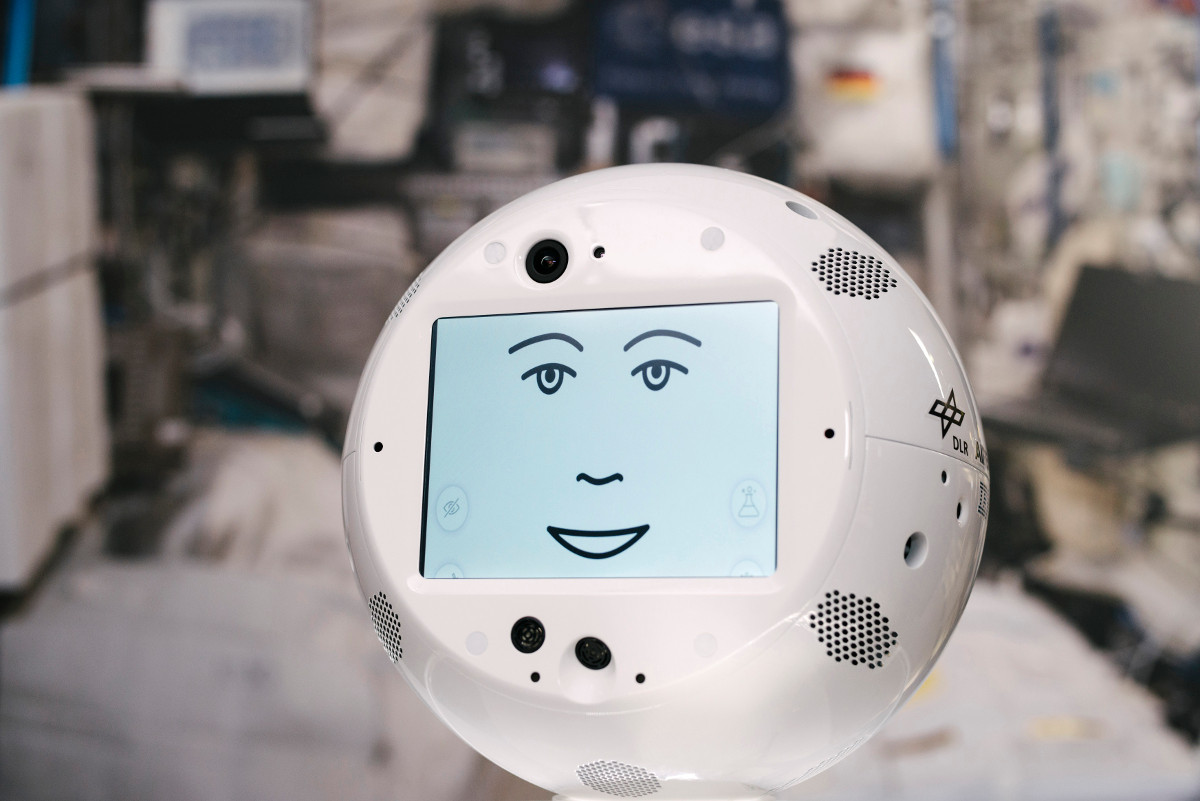
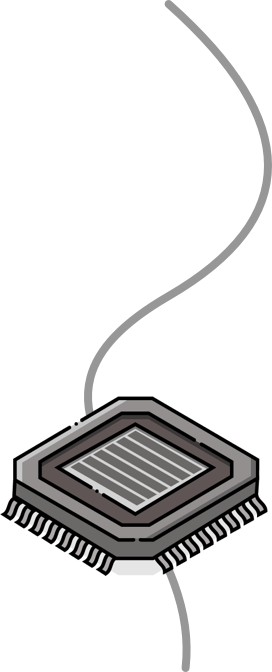
Cimon in Space
On November 15, 2018, Cimon completed his first trip to outer space. For his first outing, he was accompanied by German ESA astronaut Alexander Gerst, who, through a 90 minute voyage, tested Cimon’s intentionally limited capabilities with basic commands.
Cimon’s next trip is planned for sometime in 2019 and will involve further experiments on the International Space Station, this time under the guidance of Italian astronaut Luca Permitano.
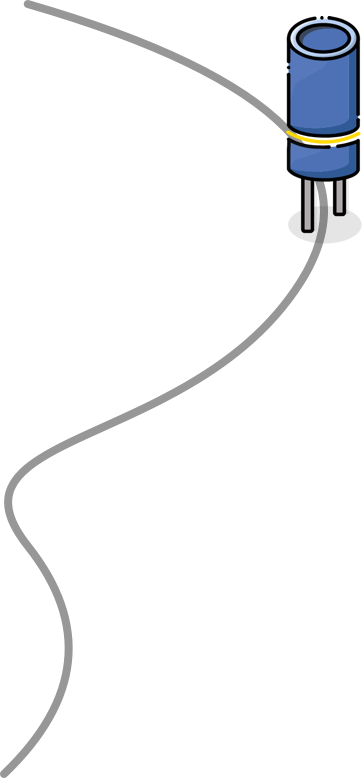
In The Media
Request Connection
